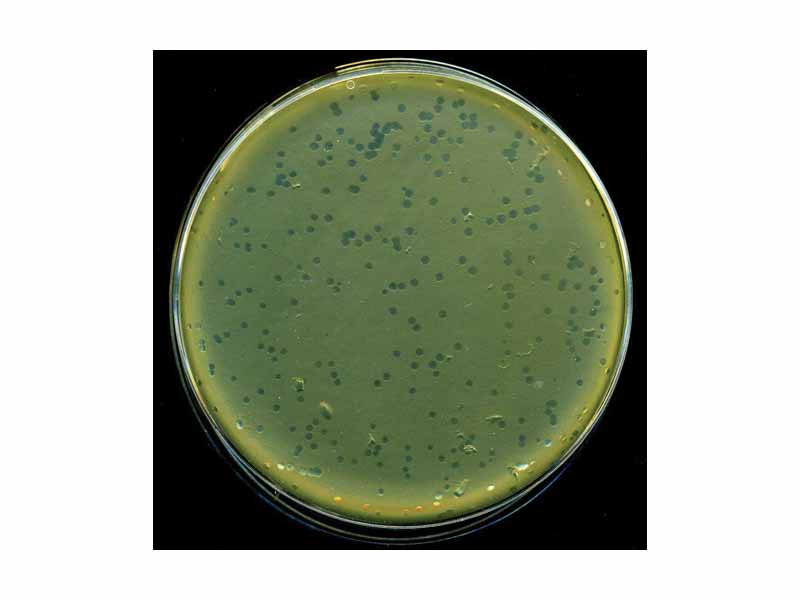By itself a viral particle is just an amalgamation of macromolecules: genetic material in the form of either DNA or RNA, a protein capsid, and in some cases a lipid envelope. A virus has no metabolism. It is an inert particle. However, when a virus infects a host organism it can make use of the host cell's components and metabolism to produce multiple copies of itself, which assemble in the cell. Although the life cycle of viruses can differ greatly among species, there is a general common narrative involving attachment, penetration, uncoating, replication, assembly and release.
There are many examples of human diseases caused by viruses including the common cold, influenza, chickenpox, Ebola and AIDS. For future doctors, the basic microbiology of viruses is an obvious focus. From life cycle to classification, the details of viruses must be well reviewed before the MCAT. Additionally, certain viruses are valuable tools as vectors in recombinant DNA experiments, so there is an additional aspect to study which is the important role viruses play in the molecular biology laboratory.
Conceptual Vocabulary for Viruses
 The WikiPremed MCAT Course is a comprehensive course in the undergraduate level general sciences. Undergraduate level physics, chemistry, organic chemistry and biology are presented by this course as a unified whole within a spiraling curriculum. Please read our policies on Privacy and Shipping & Returns. Contact Us. MCAT is a registered trademark of the Association of American Medical Colleges, which does not endorse the WikiPremed Course. WikiPremed offers the customers of our publications or our teaching services no guarantees regarding eventual performance on the MCAT. The WikiPremed MCAT Course is a comprehensive course in the undergraduate level general sciences. Undergraduate level physics, chemistry, organic chemistry and biology are presented by this course as a unified whole within a spiraling curriculum. Please read our policies on Privacy and Shipping & Returns. Contact Us. MCAT is a registered trademark of the Association of American Medical Colleges, which does not endorse the WikiPremed Course. WikiPremed offers the customers of our publications or our teaching services no guarantees regarding eventual performance on the MCAT.

WikiPremed is a trademark of Wisebridge Learning Systems LLC. The work of WikiPremed is published under a Creative Commons Attribution NonCommercial ShareAlike License. There are elements of work here, such as a subset of the images in the archive from WikiPedia, that originated as GNU General Public License works, so take care to follow the unique stipulations of that license in printed reproductions. |
